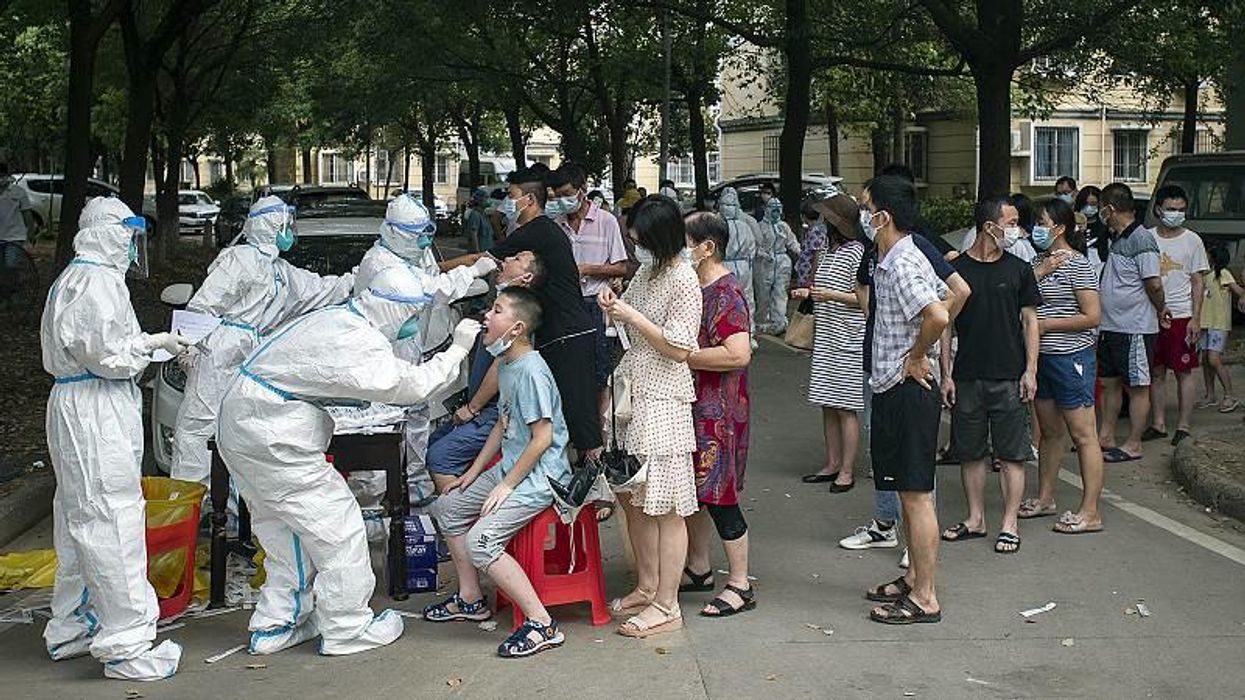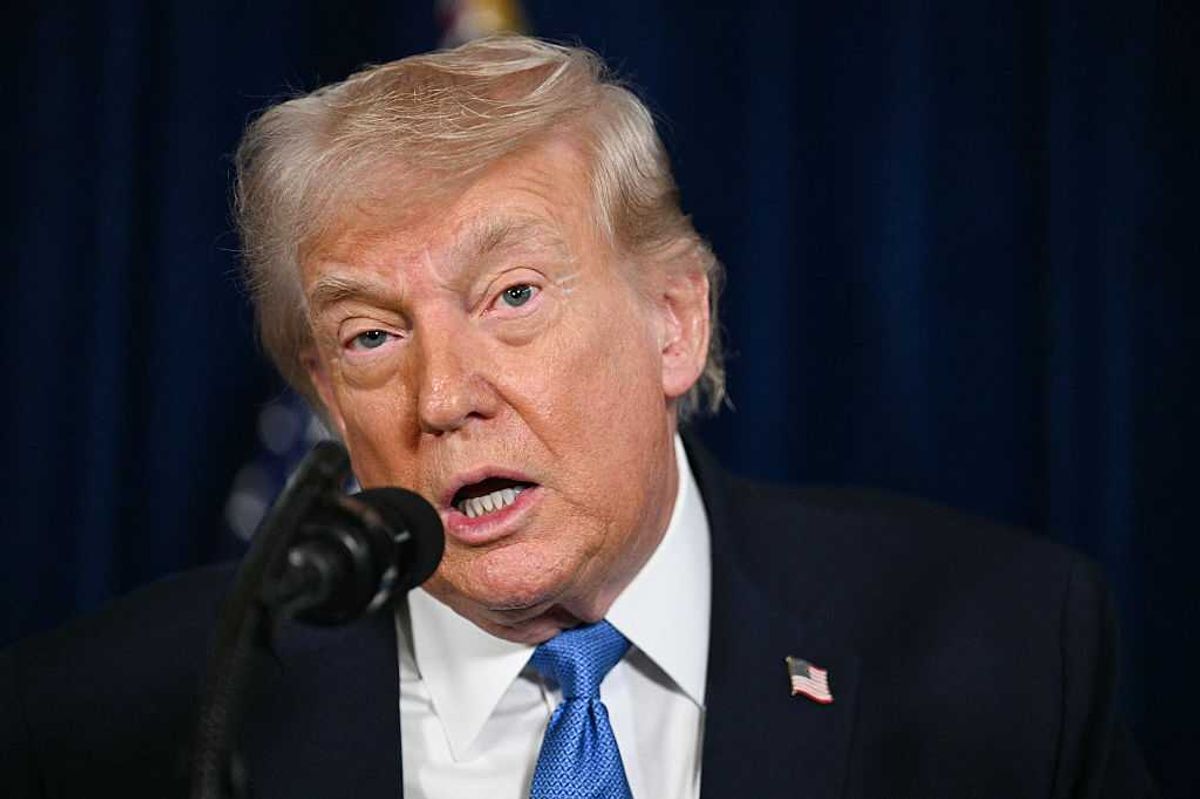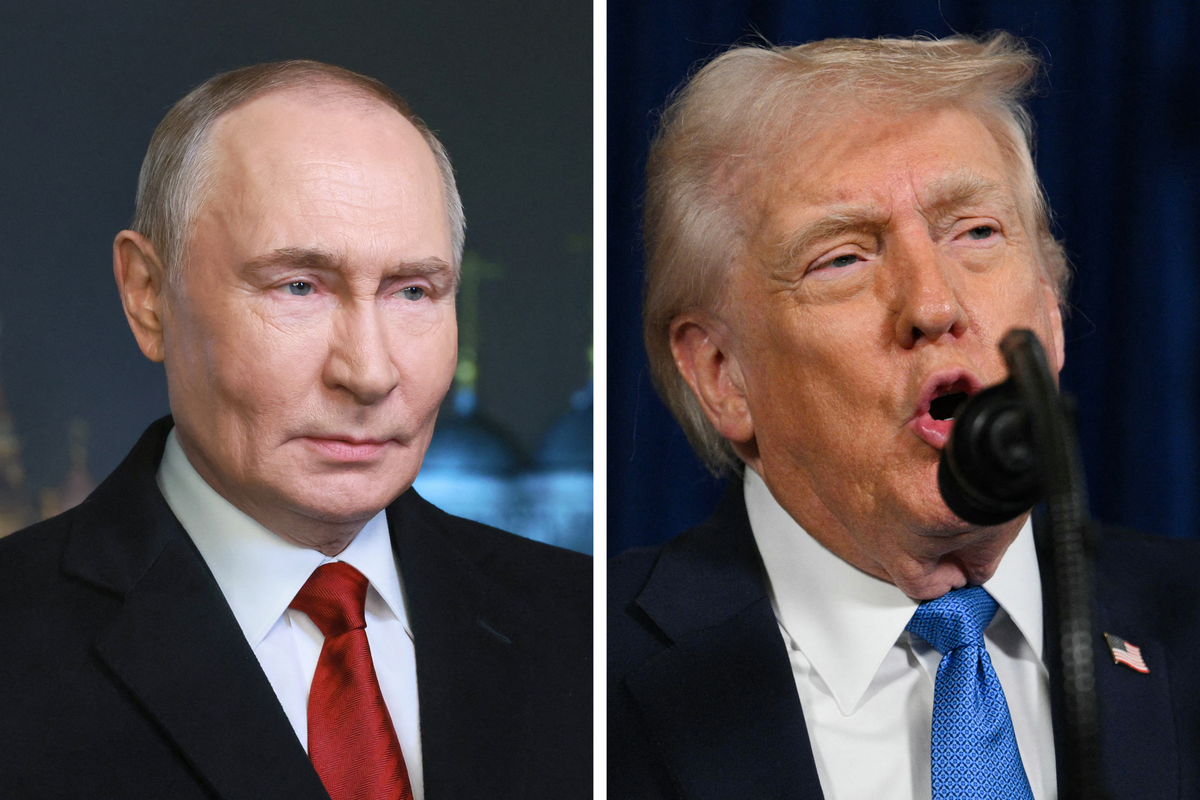Covid-19 brought the world to a standstill as countries went into lockdown, and caused millions of death globally - but now scientists believe they finally figured out the origins of the pandemic.
Given the societal impact as a result of the pandemic, people have always been keen to learn how it all began.
With that came a range of different wild conspiracy theories such as the virus spread from 5G towers to Bill Gates getting blamed for causing the pandemic.
Sign up to our free Indy100 weekly newsletter
Another conspiracy theory was that the coronavirus originated at the Wuhan Institute of Virology where it accidentally leaked from a lab - a theory former US president Donald Trump peddled.
Now scientists say they have determined where coronavirus originated as a result of discovering where Covid jumped from animals to humans.
Peer-reviewed papers published on Science concluded that the Huanan Seafood Wholesale Market in Wuhan, China was the "epicentre of the Covid-19 pandemic" as suspected when the seafood market was first identified early on in the pandemic as a potential origin source.
Live animals that were caged, and ready to sell to customers were infected with Covid-19 and the virus was passed on when those infected animals were sold, according to research findings.
Evolutionary biologist Michael Worobey who helped search for the virus origins as a lead on two of the studies told NPR how clear it was that the seafood market was at the centre of the outbreak.
"So if the pandemic didn't start at the market, one of the first five or 10 people infected in the world was at the market. And how do you explain that?"
Worobey also explained how Covid causes "no symptoms or mild symptoms in most people" and therefore it is difficult to track down where it began due to the virus spreading so quickly.
"And yet, from the clinical observations in Wuhan, around half of the earliest known COVID cases were people directly linked to the seafood market. And the other cases, which aren't linked through epidemiological data, have an even closer geographical association to the market. That's what we show in our paper.
"It's absurd how strong the geographical association is [to the market]," he added.
When asked what the likelihood is of the first cluster of cases happening at the market but the virus not originating from there, Worobey explained would be a "1 in 10,000" chance.
So there you have it - perhaps one of the biggest questions in recent times now has an answer.
Have your say in our news democracy. Click the upvote icon at the top of the page to help raise this article through the indy100 rankings.














